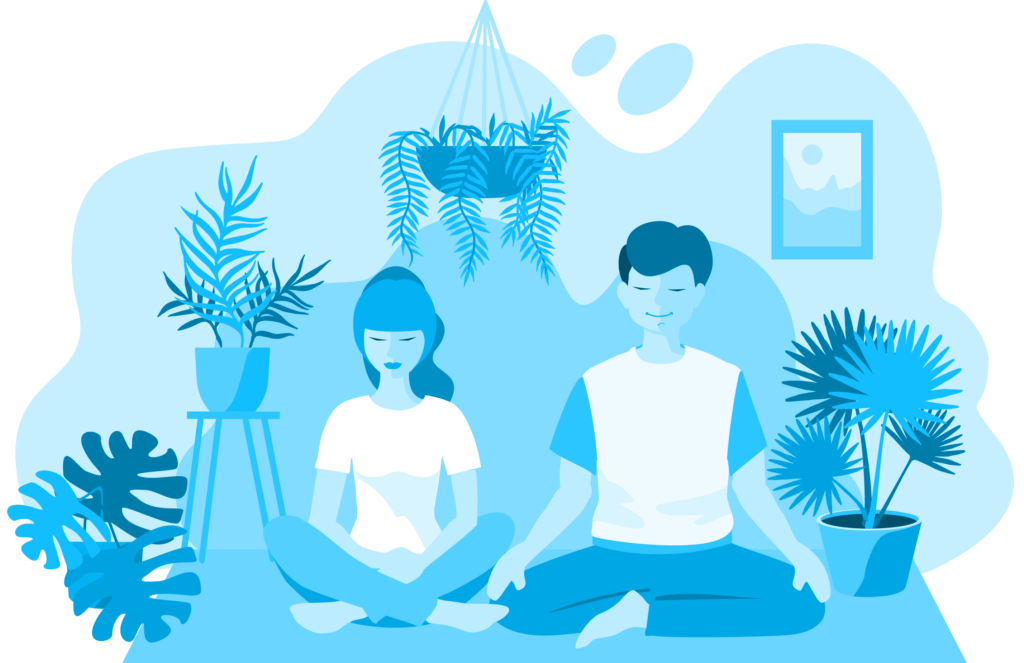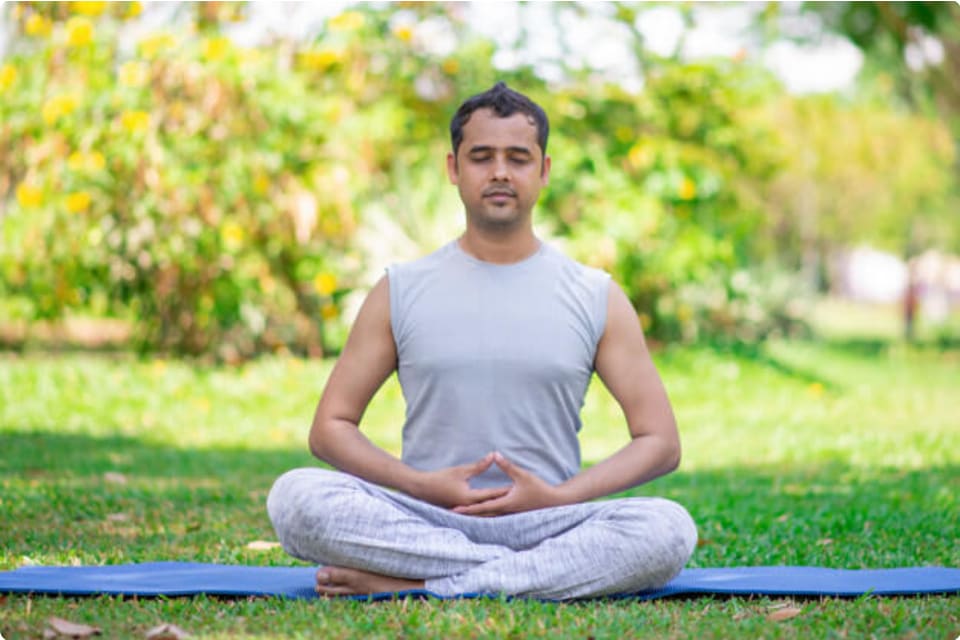A Step-by-Step Approach on How to Meditate? for Stress and anxiety Relief
A Step-by-Step Approach on How to Meditate? for Stress and anxiety Relief
Blog Article
Just How to Meditate: A Detailed Method to Getting Mindfulness and Calmness
Meditation acts as a powerful device for accomplishing mindfulness and psychological calm in a busy world. By understanding the essential concepts and methods associated with reflection, people can grow a technique that improves their overall wellness. This conversation will certainly lay out necessary actions, from developing a helpful environment to incorporating meditation into daily regimens. As we explore these parts, it ends up being clear that the trip to mindfulness is not just about the act of sitting in silence, but rather concerning fostering a much deeper connection with oneself and the world around us. What might this change entail?
Recognizing Meditation
Understanding reflection includes understanding its basic concepts and methods, which function as the structure for the technique. At its core, meditation is a psychological workout targeted at advertising leisure, constructing inner energy, and establishing concern and understanding. The practice urges people to focus their attention, often with methods such as deep breathing, visualization, or concept repetition.
Reflection can be classified into numerous styles, including mindfulness, transcendental, and loving-kindness reflection, each with distinct functions and techniques. Mindfulness reflection highlights present-moment understanding and non-judgmental monitoring of ideas and feelings, while transcendental reflection involves the usage of specific concepts to transcend average idea procedures. Loving-kindness reflection concentrates on establishing an attitude of love and concern towards oneself and others.
Despite the strategy utilized, the key goal remains consistent: to cultivate a much deeper understanding of the mind and its patterns. This self-awareness cultivates psychological strength, clarity of thought, and an extensive feeling of calm (How to meditate?). By comprehending these concepts and strategies, people lay the foundation for a successful meditation method that can dramatically improve their general health
Preparing for Your Practice
Before starting your meditation technique, it is vital to create an atmosphere conducive to concentrate and relaxation. Select a peaceful area where you are unlikely to be disrupted. This can be a corner of an area, a garden, or any kind of place that evokes a sense of peace. Ensure that the area is tidy and totally free of clutter, as a neat environment can assist remove the mind.
Think about the lighting, as all-natural light can enhance your mood and energy. Soft, cozy lights is typically a lot more relaxing than rough fluorescent lights. In addition, choose a comfortable temperature, ensuring that you are neither too hot neither as well cold.
Incorporating components that promote peace can additionally enhance your experience. This might include soft pillows or coverings for convenience, as well as relaxing aromas from vital oils or incense. It can also be beneficial to have actually a timer set for your meditation session to avoid interruptions from clock-watching.
Basic Meditation Techniques

One more efficient strategy is body check meditation. This entails psychologically scanning your body from this hyperlink head to toe, noticing any kind of areas of tension or pain and knowingly relaxing those muscular tissues. This method fosters a much deeper connection in between your mind and body.

Last but not least, loving-kindness reflection concentrates on cultivating compassion towards yourself and others. Silently repeat phrases of goodwill, boosting emotional health and interconnectedness. Each of these techniques functions as a structure for right here your reflection trip, allowing you to locate the method that reverberates finest with your personal technique.
Keeping Focus and Mindfulness

Developing a committed reflection space can enhance the capability to preserve mindfulness. A silent, uncluttered environment decreases distractions, allowing for deeper immersion in the practice. In addition, setting a time frame can assist take care of assumptions; starting with much shorter sessions may reduce the change into longer practices.
Using methods such as body scanning or observing sensations can additionally reinforce mindfulness. These approaches urge specialists to remain existing and involved with their physicality, securing their interest in the minute. Regular practice is crucial; the brain constructs durability over time, creating a more powerful ability for emphasis.
Incorporating Meditation Into Day-to-day Live
Including meditation right into day-to-day live can change routine tasks into possibilities for mindfulness and self-reflection. By incorporating mindfulness practices into usual jobs, individuals can grow a greater sense of presence and serenity in the middle of the numerous hours of daily life.
Begin by identifying moments throughout your day where you can exercise and stop mindfulness. Even ordinary tasks like cleaning dishes or walking can come to be chances for reflection by routing your attention to the experiences of motion and the noises surrounding you.
Furthermore, alloting specialized times for reflection can reinforce its technique. Start with short sessions, progressively boosting period as you come to be more comfortable. Usage tips or Our site cues-- like a details time of day or a soothing noise-- to establish uniformity.
Eventually, the objective is to weave mindfulness right into the material of every day life, allowing you to approach each minute with objective, therefore boosting your general sense of wellness and quality.
Final Thought
In verdict, reliable reflection calls for a silent setting, a comfy position, and an emphasis on the breath. Normal reflection, also in brief sessions, promotes a much deeper link to the present moment, ultimately leading to higher calmness and psychological clarity in day-to-day life.
Reflection can be categorized into various designs, consisting of mindfulness, transcendental, and loving-kindness reflection, each with distinct purposes and methods. Mindfulness meditation highlights present-moment awareness and non-judgmental observation of sensations and thoughts, while transcendental reflection includes the usage of certain rules to go beyond regular idea processes.With your meditation room prepared, it's time to discover various standard meditation methods that can aid grow mindfulness and internal peace.Constantly keeping focus and mindfulness during reflection can be difficult, especially for those new to the practice.Developing a dedicated meditation room can enhance the capacity to maintain mindfulness.
Report this page